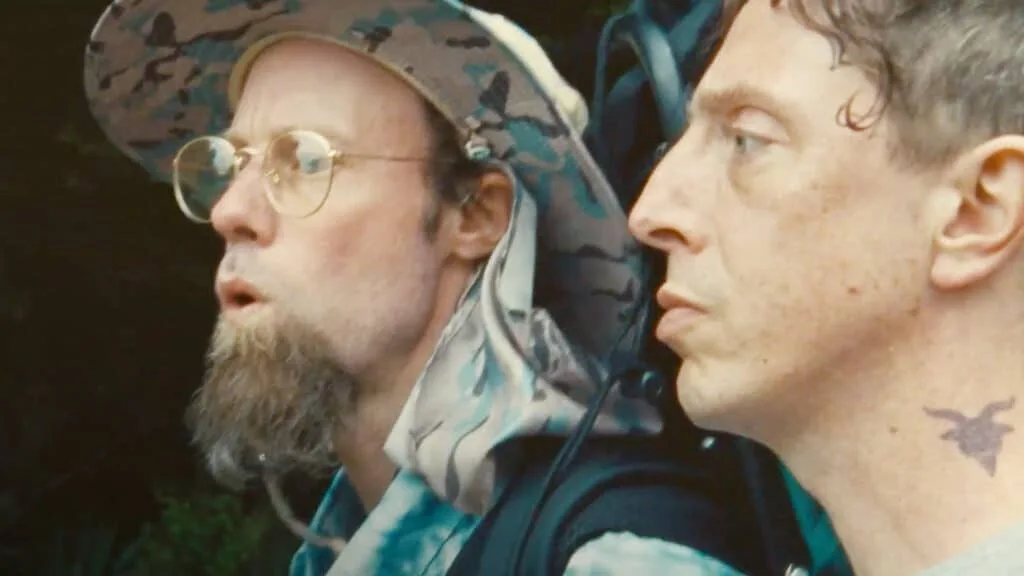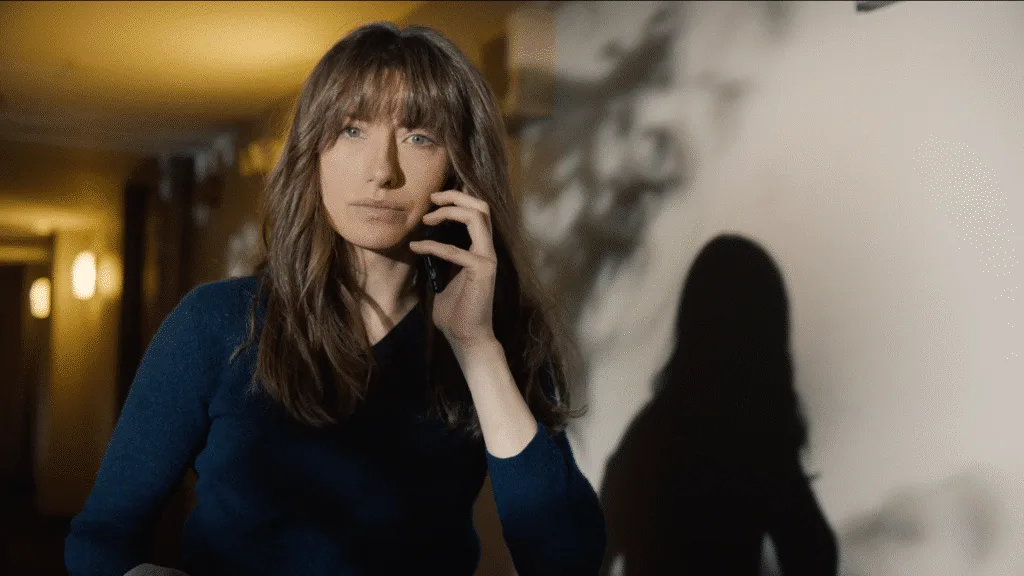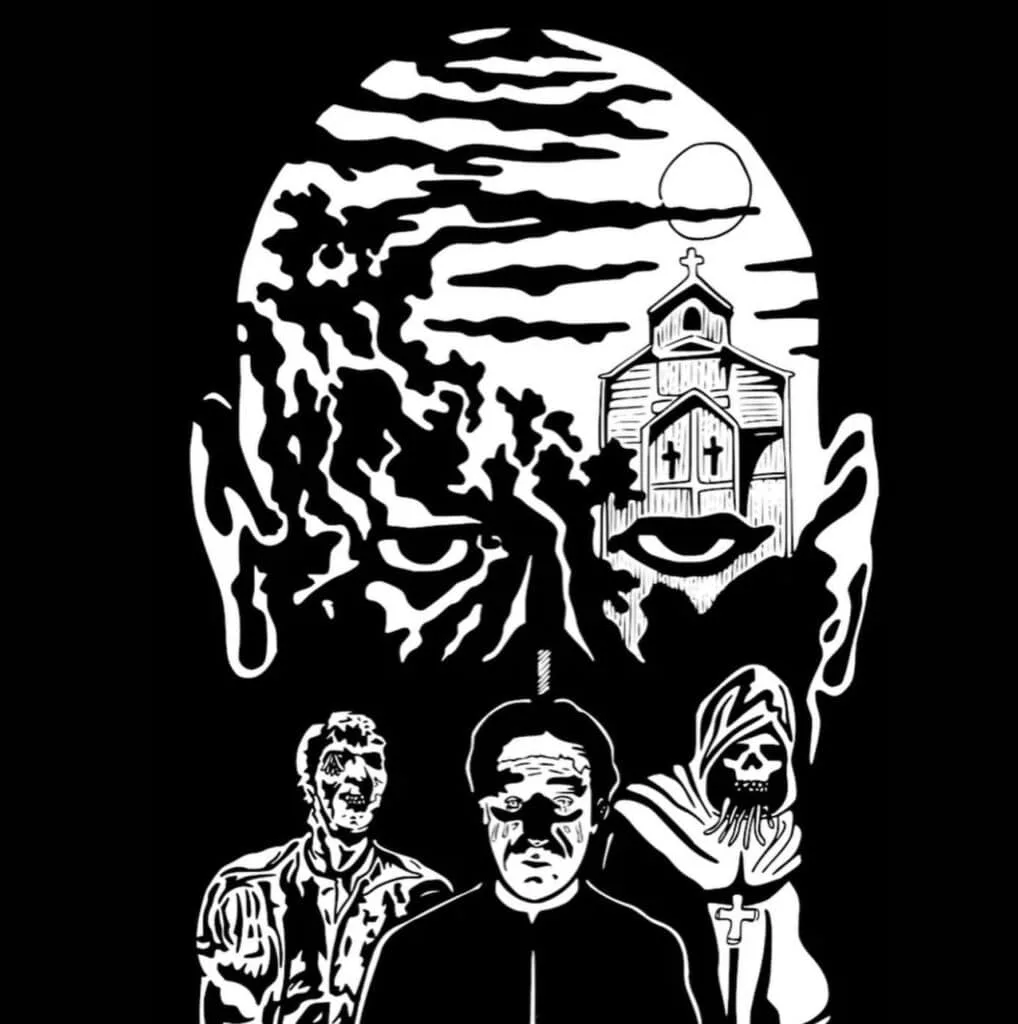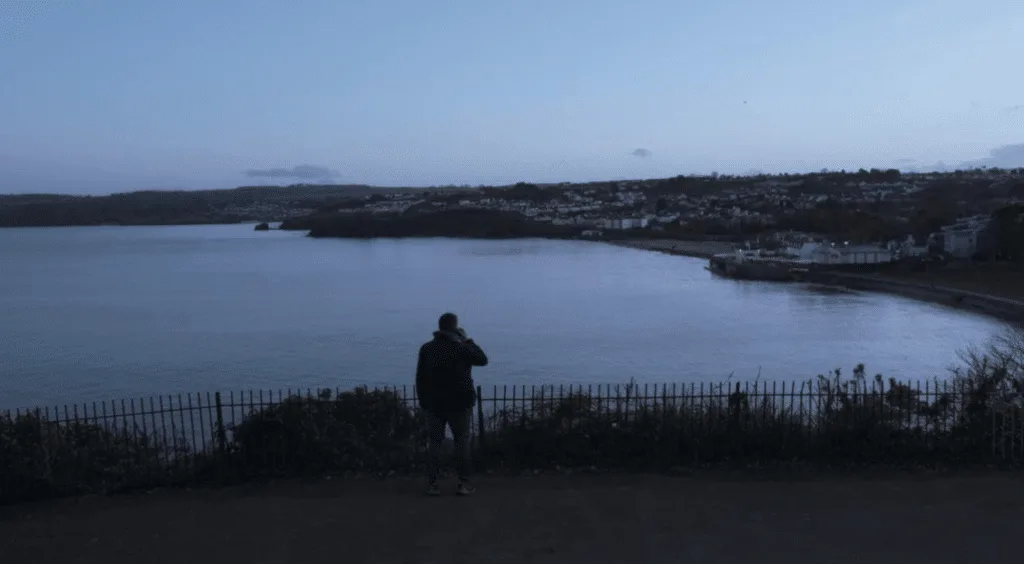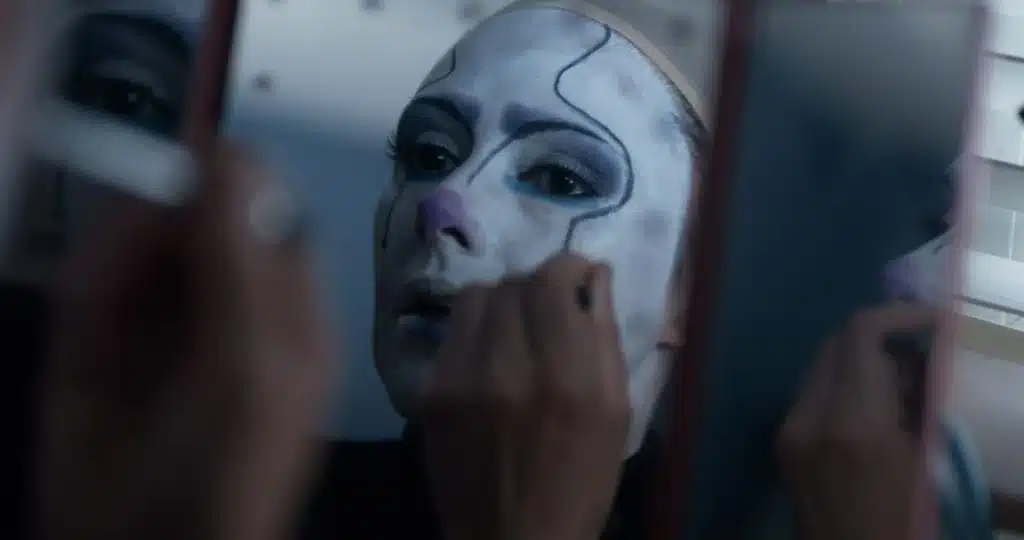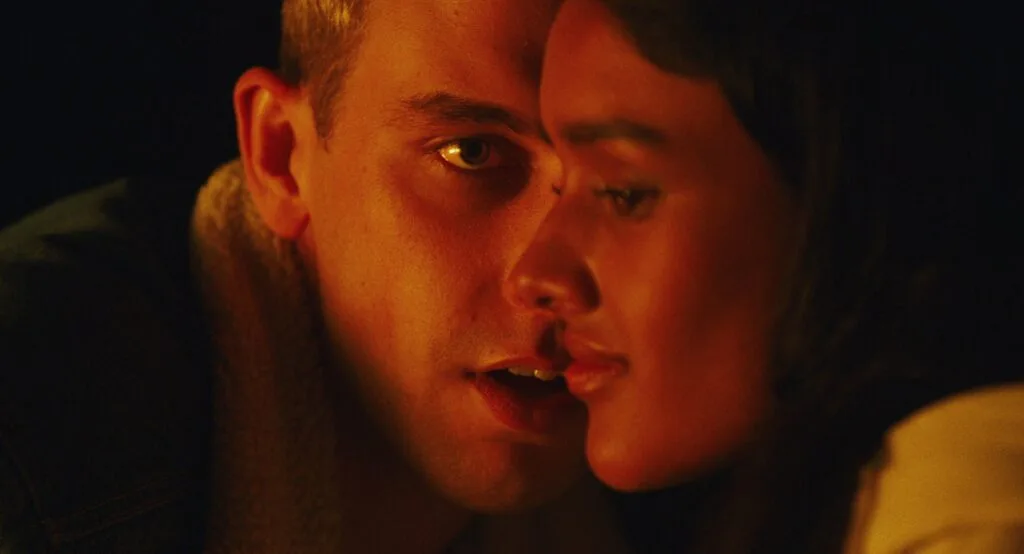
Don’t take medication which isn’t intended for you. Think twice about taking medication which is intended for you. These are the takeaway lessons of Birdeater (2023) – a film which relies heavily on altered states for both its linear and experimental plot points. This is as much of a moral standpoint as anything you get on its feted themes of gender and power, and unfortunately this is just one of the film’s many issues.
Sickly, soon-to-be-married couple Irene (Shabana Azeez) and Louie (Mackenzie Fearnley) do everything together, and yet Irene has not accepted that her fiancé may just be a malignant misogynist. This may be the intended point of Birdeater – and many films of its ilk which present this kind of thing in varying degrees of clarity (usually attended by varying degrees of menace, subtext and violence). Here, things are given the oblique treatment right up until they aren’t. For now, we learn that – to make up for a minor spat over wedding planning – Louie has invited Irene to accompany him on his stag do (bucks party, bachelor party – delete as applicable). Frankly, this seems a strange decision: the girl is so fragile, it immediately feels that she will be a hard sell as a vindicated woman, let alone a final girl (hey, the film blurb promises a ‘feral nightmare’; that sounds like horror to me, so a final girl element isn’t out of the question at the start). We see her variously asleep, weeping, or taking pills – drinking glasses of water she hasn’t fetched for herself. Already, the odds of her having a good time feel slender.
The party is taking place – where else would it take place? – at a cabin in the middle of nowhere. The partygoers assemble, and it turns out actually that Irene isn’t the only woman present after all, making this feel a little less like a bucks party and more like a weekend away. People get settled in – there’s lots of bottles of beer opening, a few scenes of people chasing one another/throwing bits of wood, and plenty of time afforded to showing us various pills and substances which are quite, quite clearly going to get consumed shortly. This includes Irene, whose own pills are also presented as a likely later plot point. Essentially the stage is set for the party to get very messy. But how? And why?
And – for a while – if? The protracted feel to the film, in terms of how long we hang around at the shoulders of these people as they do precisely nothing, provides a sense that we may never get anywhere, and honestly, that is exactly what comes to pass. There are long interludes, a very jagged, unsustained sense of growing tension and a burgeoning sense that this isn’t going to be anywhere close to a horror, but more of an experimental wander around the vaunted topics. There are some tighter moments – who doesn’t love an awkward dinner speech about someone else? – but the film as a whole feels clunky. Ideas about the weaponisation of anxiety, about aspects of control – these are given far less development time than plenty of aimless, trippy filler, meaning less interesting or engaging content generally.
All of these issues are compounded by the film’s self-indulgent runtime. It’s nearly two hours long, meaning poor pacing, odd decisions and – most gallingly of all – a failure to really establish engaging characters and dynamics, despite more than ample opportunities to do so. All of the usual markers of meaning cede to long, rambling experimental sequences which bring nothing to the film. Then things peter out, unresolved and unchallenged. Given that this film purports to be about toxic masculinity, it largely ignores women themselves. Oh, it finds time for a random naked female dancer in a merkin – we never find out why, or who she is – but do we get under the skin of the female characters in Birdeater? A charitable reading would be to accept a meta-analysis, positing that the absence of female characterisation is intentional and points to socially-accepted norms, etc. But I can’t. It just feels like more evidence of clumsy oversight and muddled intentions. This may well be the film which directors and writers Jack Clark and Jim Weir intended to make; the press release may do it something of a disservice by placing it in a horror context, but then IMDb does that too. But even if horror is furthest from your mind, this film’s tangential, eccentric decision-making will prove a hard, hard sell for many audiences.
Birdeater is in UK cinemas 9 May and digital platforms 26 May from Blue Finch Film Releasing.
